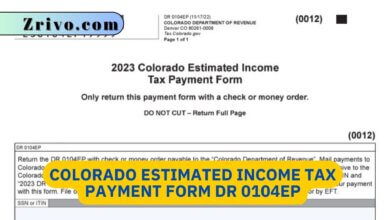Kentucky Tax Brackets 2023 - 2024
Kentucky has a single income tax bracket for both single and joint filers, in contrast to the federal income tax, which has multiple brackets with different widths for each filing status.

Kentucky actually has a flat income tax, meaning there are no individual income tax brackets. All income earned in Kentucky is taxed at a single rate of 4.5%. This is different from many other states, which have progressive tax systems with multiple brackets and increasing tax rates for higher income earners.
A tax bracket is a range of incomes that are subject to a specific tax rate. It is a progressive income tax system component, which means that the rates increase as your earnings rise. The tax brackets vary between states, but most have the same basic structure. The federal government currently has seven tax brackets, and the thresholds are updated each year to reflect inflation. The tax brackets are also adjusted for filing status, with single filers paying a lower rate than married couples who file jointly. The state has no personal exemptions, but residents can claim a standard deduction that may reduce their bill. A financial advisor can help you optimize deductions and minimize tax liability.
Kentucky is a relatively low-tax state, compared to other states in the United States. The state income tax is flat at five percent, and retirement income is exempt from state taxes. This includes Social Security benefits, Kentucky governmental retirement systems income, pensions, and annuities up to $31,110. However, real estate and vehicle sales taxes are still levied.
How Does Kentucky’s Individual Income Tax Work?
Kentucky’s individual income tax brackets are based on taxable income like the federal income tax. Taxable income is the difference between your gross income and your deductions. You can claim either standard deductions or itemized deductions. You can find more information about filing requirements and deductions in the Kentucky Department of Revenue website.
Most states use a progressive tax structure, meaning that higher income levels are taxed at a higher rate. This allows them to raise more revenue from high earners and reduce their reliance on sales and property taxes. Other states have a flat tax, which taxes all earnings at the same rate regardless of the taxpayer’s total income level. This is more common in lower-income states.

How to Calculate Kentucky Income Taxes?
Kentucky income taxes are calculated using a set of additions and subtractions to federal adjusted gross income (AGI). The result is called Kentucky taxable income and is the basis for state-specific rates. These amounts may vary depending on the type of income and your filing status.
For example, married couples filing jointly must make an additional adjustment for alimony and child support. The resulting adjusted gross income is then compared to a threshold to determine whether or not you need to file a Kentucky tax return. If you do need to file, Kentucky uses a flat rate of 5 percent for all earnings.





